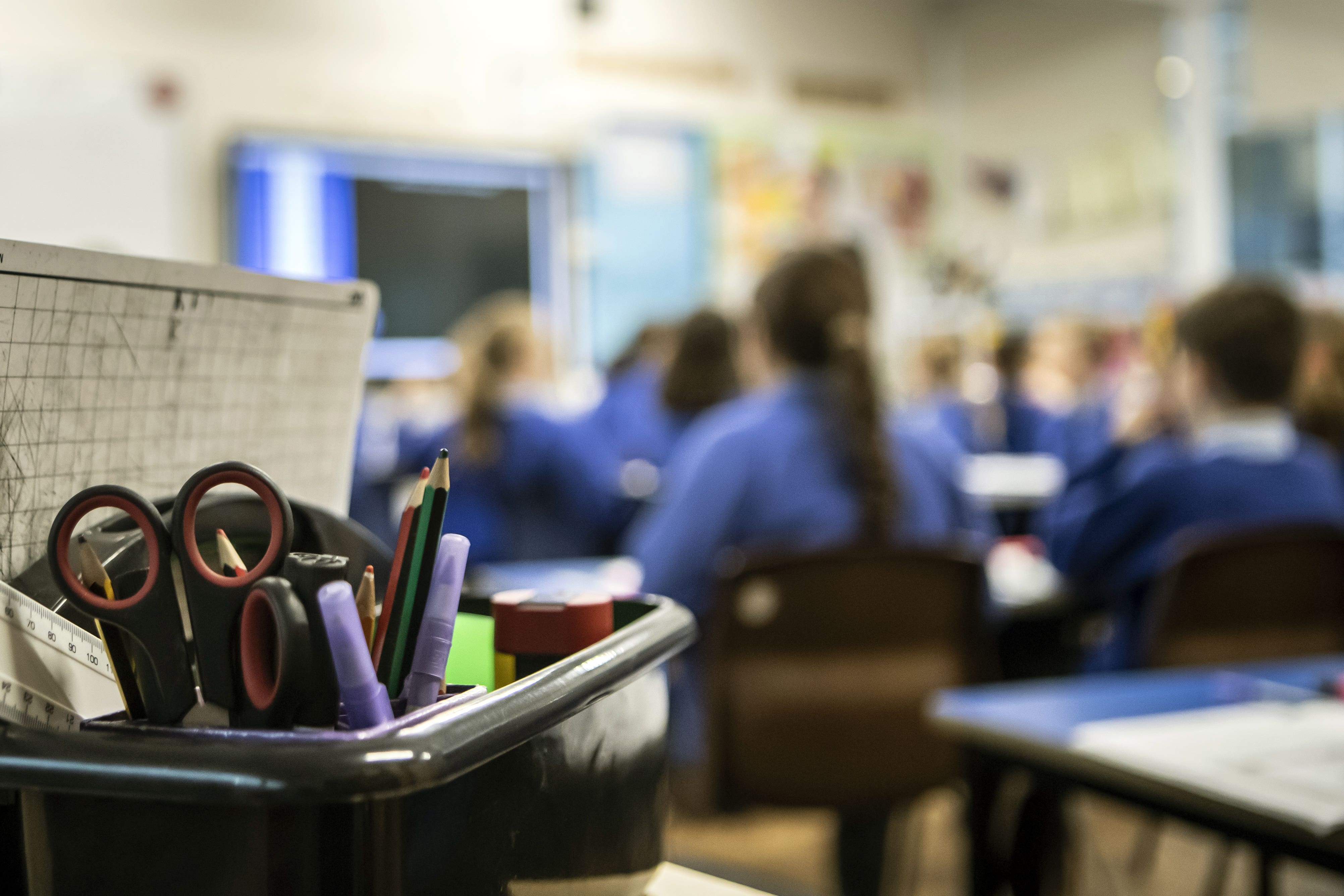Learning loss for disadvantaged pupils ‘greater’ than peers, says watchdog
Lost learning, if left unaddressed, may lead to “significant lost earnings” for those affected, the National Audit Office has warned.

Learning loss for disadvantaged pupils has been “consistently greater” than for all pupils since the pandemic, Whitehall’s spending watchdog has found.
The National Audit Office (NAO) has warned that lost learning, if left unaddressed, could lead to “increased disadvantage and significant lost earnings” for those affected.
Pupils’ learning loss is generally reducing following school shutdowns due to Covid-19, the NAO said, but disadvantaged pupils in England “remain further behind” the expected level of achievement than their peers.
I am troubled that disadvantaged children continue to have furthest to go to make up lost learning
The gap in attainment between disadvantaged pupils and other pupils has grown since 2019 despite the Government’s efforts to help children catch up with lost learning, according to the report into education recovery in schools.
In summer 2021, research for the Department for Education (DfE) found that disadvantaged secondary school pupils were 2.4 months behind where they were expected to be in reading, compared with 1.2 months for all secondary pupils.
The disadvantage gap index – a measure of the difference in attainment between disadvantaged and other pupils – at the end of primary school was 3.23 in 2022, compared with 2.91 in 2019, the NAO report said.
An index score of 0 would indicate that there was no disadvantage gap.
Disadvantaged pupils are those who have been eligible for free school meals at any point in the past six years, and it may also include children who have been looked after by their local authority, the NAO said.
Around half of the pupils receiving tutoring under the Government’s flagship National Tutoring Programme (NTP) – which aims to help pupils catch up on learning missed during the pandemic – were disadvantaged in 2021/22.
The report said 51% of pupils receiving tutoring through the tuition partners scheme were disadvantaged, short of the DfE’s target of 65% for that scheme, and 47% of pupils receiving school-led tutoring were disadvantaged.
Gareth Davies, the head of the NAO, said: “The Department for Education needed to take action to support pupils to make up the learning they lost during the Covid-19 pandemic and reach children who had been disproportionately affected by the disruption to schooling.
“Despite the progress that is being made, it is concerning that learning loss for disadvantaged pupils remains greater than for other pupils.
“It is vital that the department maintains its focus on education recovery in the coming years to help all children to catch up and to close the attainment gap between disadvantaged and other pupils.”
The NAO is calling on the DfE to use research and evidence to assess education recovery in schools, including whether children have recovered lost learning and whether progress is being made to close the disadvantage gap.
Dame Meg Hillier, chair of the Commons Public Accounts Committee, said: “Covid-19 has left its mark on a generation of schoolchildren whose education was severely disrupted.
“DfE is not out of the woods in helping pupils to catch up. I am troubled that disadvantaged children continue to have furthest to go to make up lost learning.
“DfE must stay focused on addressing learning loss for all children, as it works to close the attainment gap between disadvantaged children and their peers, which widened during the pandemic.
“The long-term cost of failing to do so is huge, for pupils and wider society. DfE has an ongoing duty to the children who missed out on education and continue to pay the price.”
Paul Whiteman, general secretary at school leaders’ union NAHT, said: “Schools have been working incredibly hard to mitigate the impact of the pandemic on pupils, but government support has been piecemeal and insufficient and its own recovery tsar resigned when ministers failed to back his plans with the funding needed.”
Geoff Barton, general secretary of the Association of School and College Leaders (ASCL), said: “It was disadvantaged children that were hardest hit by the pandemic, and government support for their educational recovery has been inadequate.
“The extra funding has been undermined by soaring inflationary costs for schools and colleges which have put pressure on all areas of their provision.
“As we return to more normal conditions, in a post-pandemic era there must be a renewed emphasis and investment by the government in support for disadvantaged children through from early years to post-16 education.”
A Department for Education spokesperson said: “Almost three million courses have been started through the National Tutoring Programme, revolutionising the way that targeted support is provided in schools.
“And whilst we’re pleased to see that today’s findings indicate that children are making progress, we know that there is more to do, including working to close the disadvantage attainment gap.
“That’s why we are investing more than £5 billion over the next two years on pupil premium funding to improve the outcomes for disadvantaged pupils across England. This is on top of sustained additional recovery premium funding, which has almost doubled in secondary schools this year.”
Bookmark popover
Removed from bookmarks